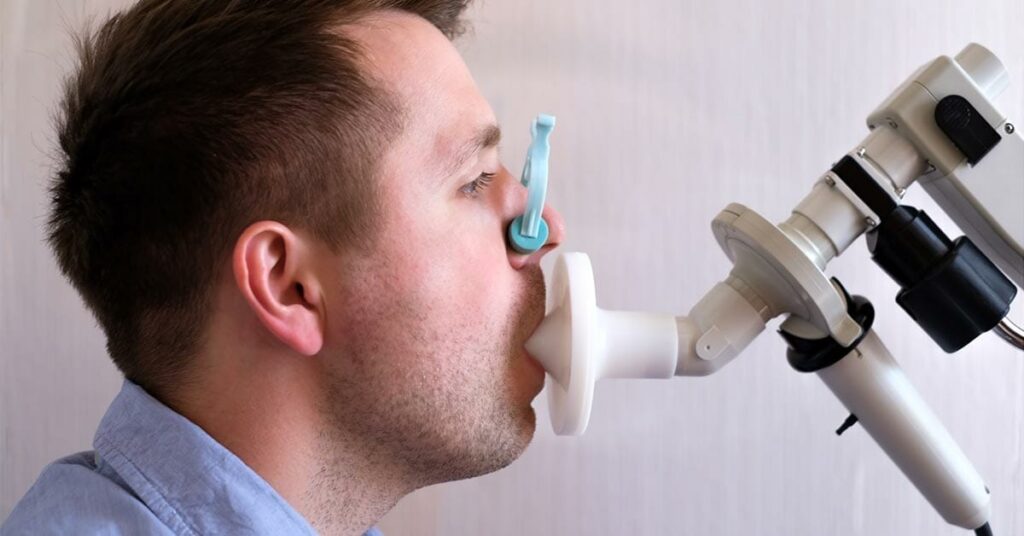- [email protected]
- +91- 8073380392
Breath Test

Breath tests involve the collection and analysis of exhaled air to identify specific compounds, gases, or biomarkers indicative of certain health conditions or physiological functions. The procedure typically involves exhaling into a specialized device or apparatus designed to capture and analyze breath samples.
There are different types of breath tests tailored to detect various substances or conditions. For example:
Breath tests offer several advantages, including their non-invasive nature, ease of administration, and relatively rapid results. Additionally, they eliminate the need for invasive procedures such as blood draws or tissue biopsies, making them more convenient and comfortable for patients.
Benefits of Breath Tests:
Overall, breath tests play a crucial role in the diagnosis, management, and monitoring of various medical conditions, offering numerous benefits in terms of convenience, accuracy, and patient comfort.
If you are looking for the breath test in HSR Layout, then contact us today.
Empowering assistance, right when it matters. We’re here to lend a hand whenever you need it.

Call : +91- 8073380392
Srushti Gastro & liver Clinic 186, 165, 9th Main Rd, Sector 6, HSR Layout, Bengaluru, Karnataka 560102